Are you planning to redesign part of your roof? And you’re considering a cathedral ceiling or a vaulted ceiling, and you want to know the difference between the two? You’ve come to the right place, for we have researched this question, and we have the answer for you.
The sides of a cathedral ceiling have an equal slope, and they are parallel to the roof's pitch. On the other hand, a vaulted ceiling does not follow the roof's pitch, giving it more styling options.
Learn more about cathedral ceilings and vaulted ceilings in the succeeding sections. We also talk about the advantages and disadvantages of both styles. Read on!
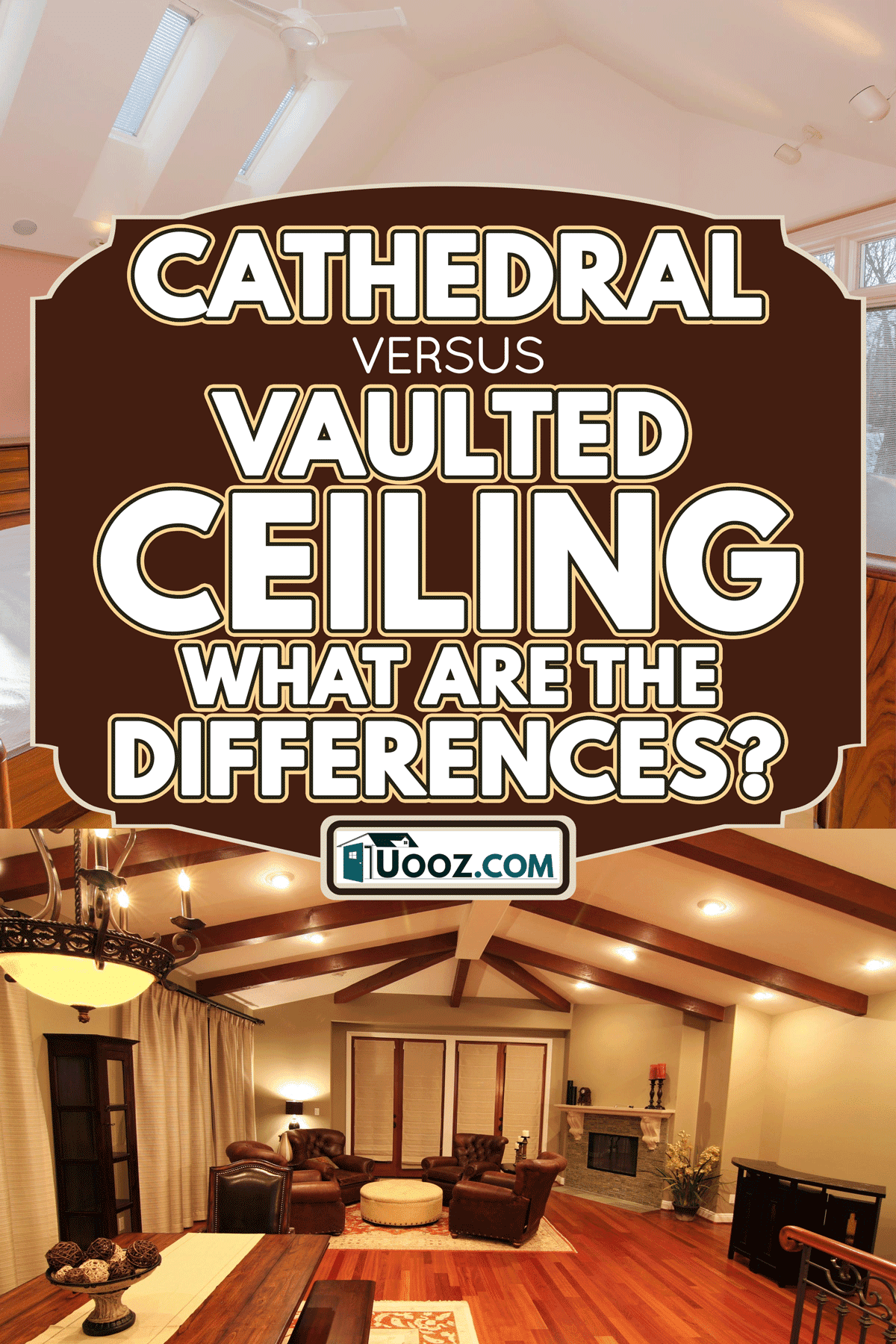
What is a cathedral ceiling?
A cathedral ceiling is a style with a distinguishing peak at the center of the room. On both sides of the peak are two sides with an equal slope.
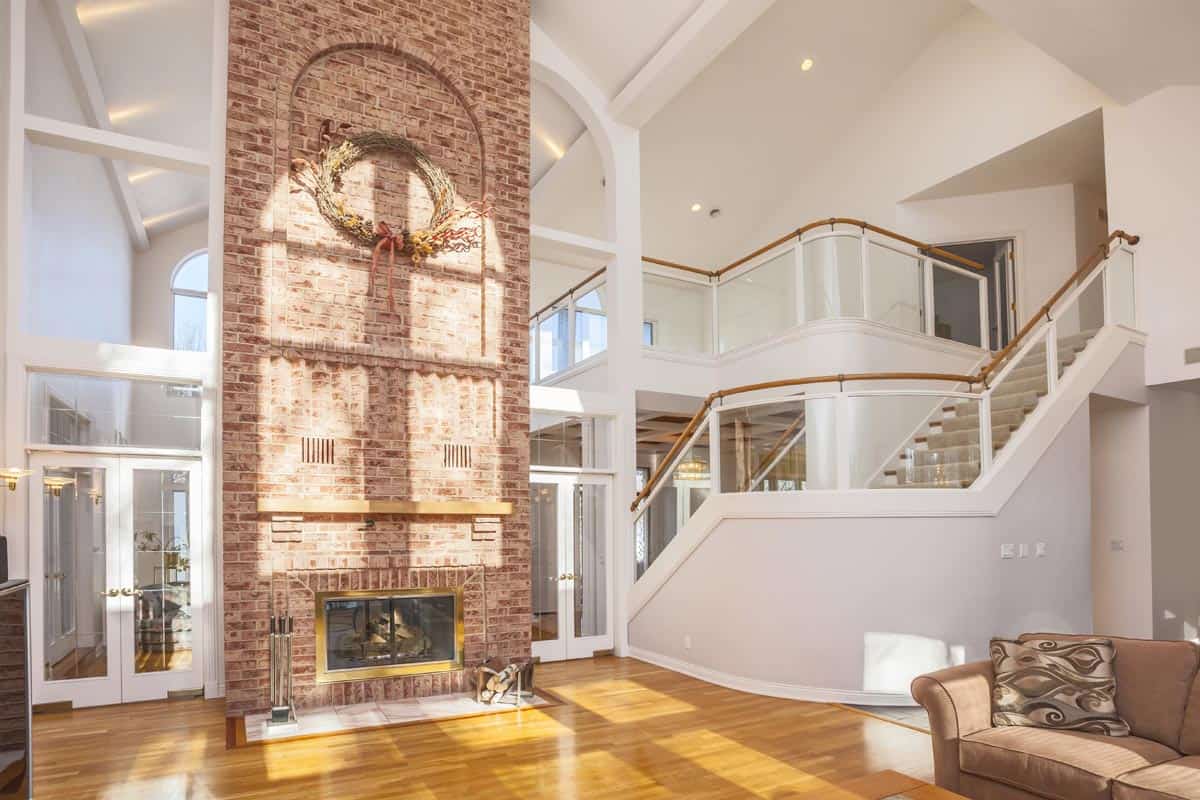
The pitch of a cathedral ceiling on both sides is parallel to the roof's pitch. The ridge of a cathedral roof runs across the length of the whole room.
Advantages of a cathedral ceiling
A cathedral ceiling transforms an otherwise ordinary flat ceiling into a dramatic vertical space going up to a high central peak. The additional vertical space creates an illusion that the room is larger than it actually is. It easily makes an internal space look elegant and thrilling.
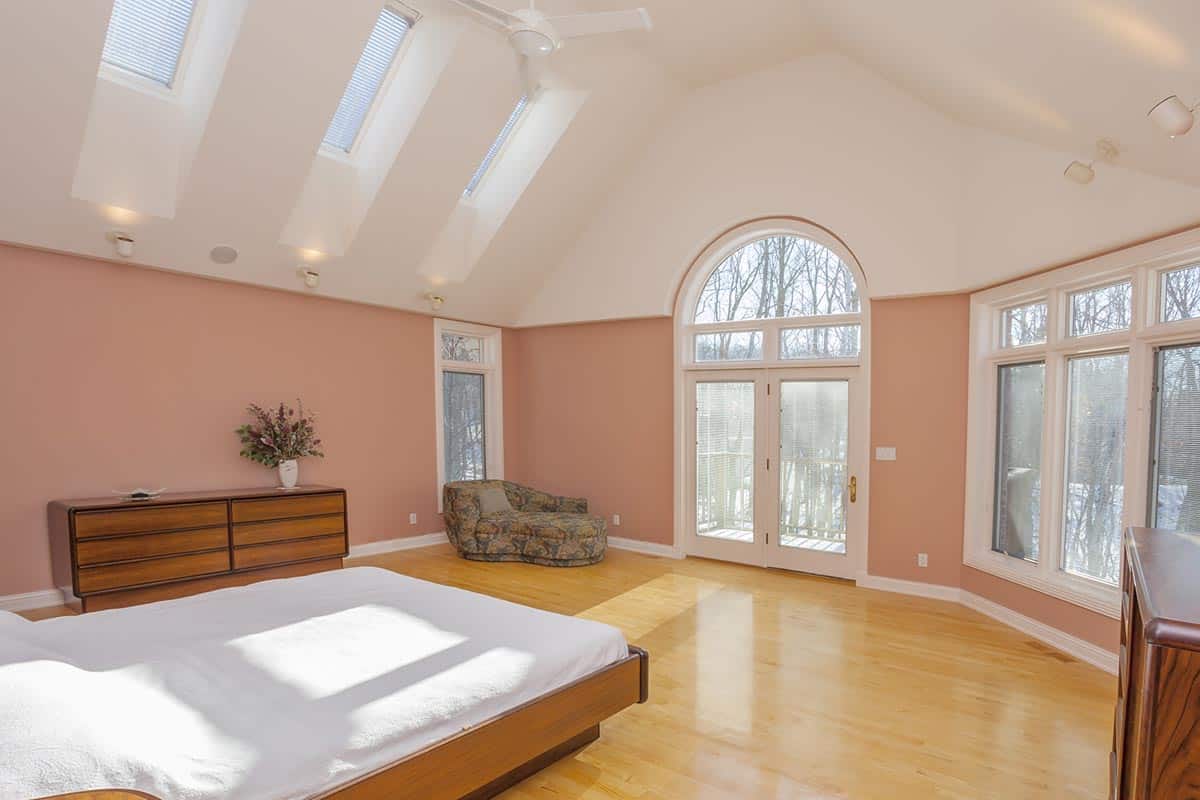
Cathedral ceilings usually go with larger windows, and the higher vertical space easily takes advantage of natural light by bouncing it down into the living spaces.
Another way of taking advantage of natural light is how easy it is to install skylights with a cathedral ceiling. Skylights become more effective because there is less space between the roof and the ceiling that the light coming from a skylight needs to bypass to spread the light to the living area.
The higher vertical space of a cathedral ceiling is a great way to improve airflow in a room.
Disadvantages of a cathedral ceiling
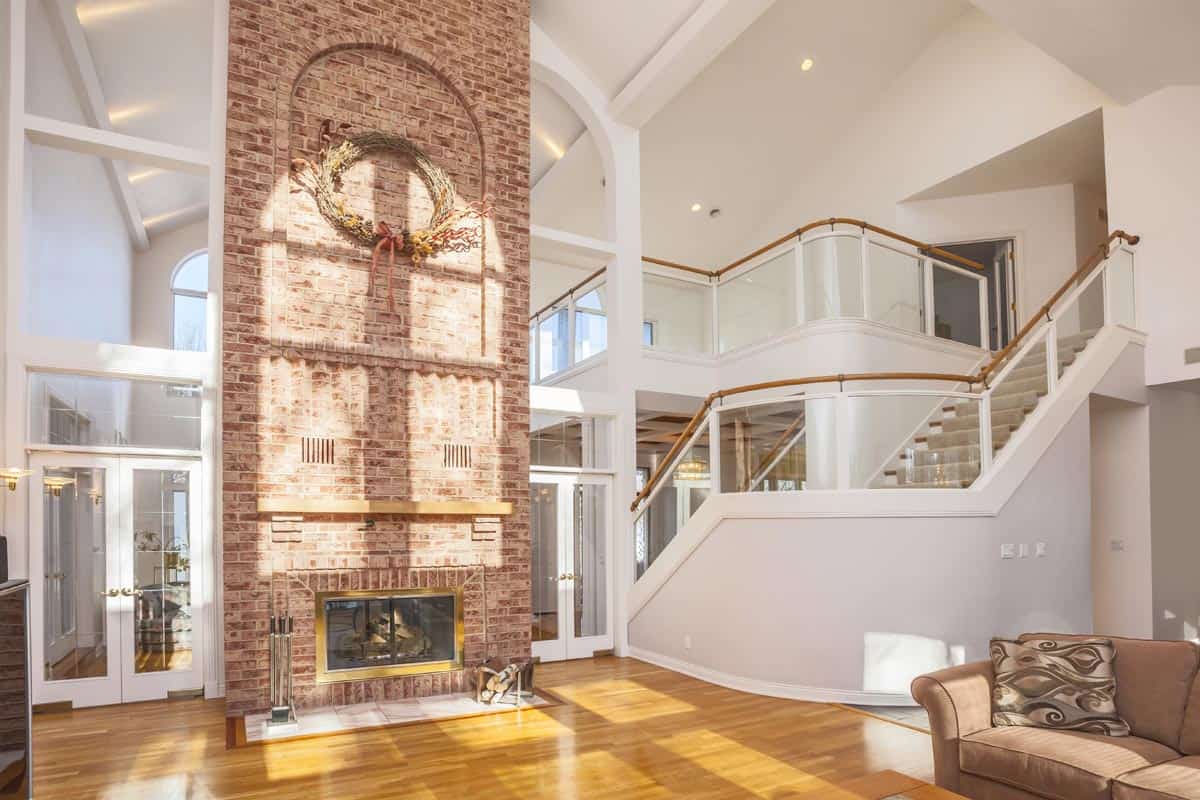
Cathedral ceilings are not all about beauty and elegance; these advantages also bring along several disadvantages that you should consider before you install a cathedral ceiling.
Heating difficulties
Having the extra space from a cathedral ceiling has a cost. Your furnace needs to work extra to heat the extra space from the cathedral ceiling. A regular ceiling keeps that space hidden behind a layer of insulation, so your furnace doesn’t need to heat that area.
With a cathedral ceiling, your furnace will need to work harder because the warm air that the furnace generates will move upward, and this can leave the regular living spaces colder than normal. Your thermostat will detect the colder temperature around the area where it is installed and will make the furnace work extra to heat the air below.
Air conditioners are not affected too much because cold air is heavy and will naturally move downward to floor level.
Installation cost
A cathedral ceiling requires additional framing. Additional framing equates to additional person-hours and materials that lead to extra expense.
If you’re remodeling an existing house to install a cathedral ceiling, then you will need the services of an architect or engineer to ensure that you have adequate structural support to install the higher ceiling. This adds to the expense.
Vertical challenges
A higher ceiling means that the light fixtures are also higher. This means that you will need vertical assistance to replace bulbs on the ceiling or clean and repair fixtures.
What is a vaulted ceiling?
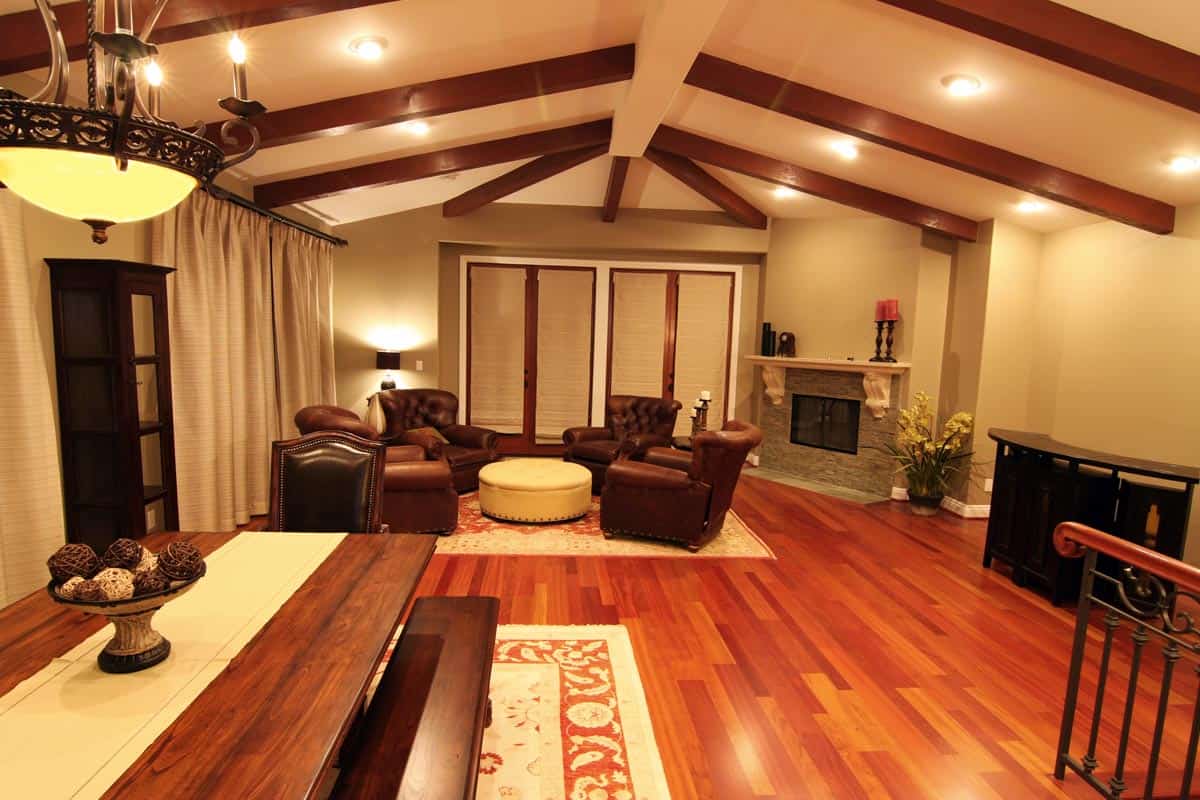
A vaulted ceiling is similar to a cathedral ceiling. The main difference between the two is that a vaulted ceiling does not follow the roof's pitch.
Not having to follow the roof's pitch opens a myriad of possible styles for a vaulted ceiling that is otherwise not available to a cathedral ceiling.
If we follow its true definition, a vaulted ceiling is a group of ceiling types that angles upward towards the roof. A cathedral ceiling falls under this group of ceiling styles.
Advantages of vaulted ceiling
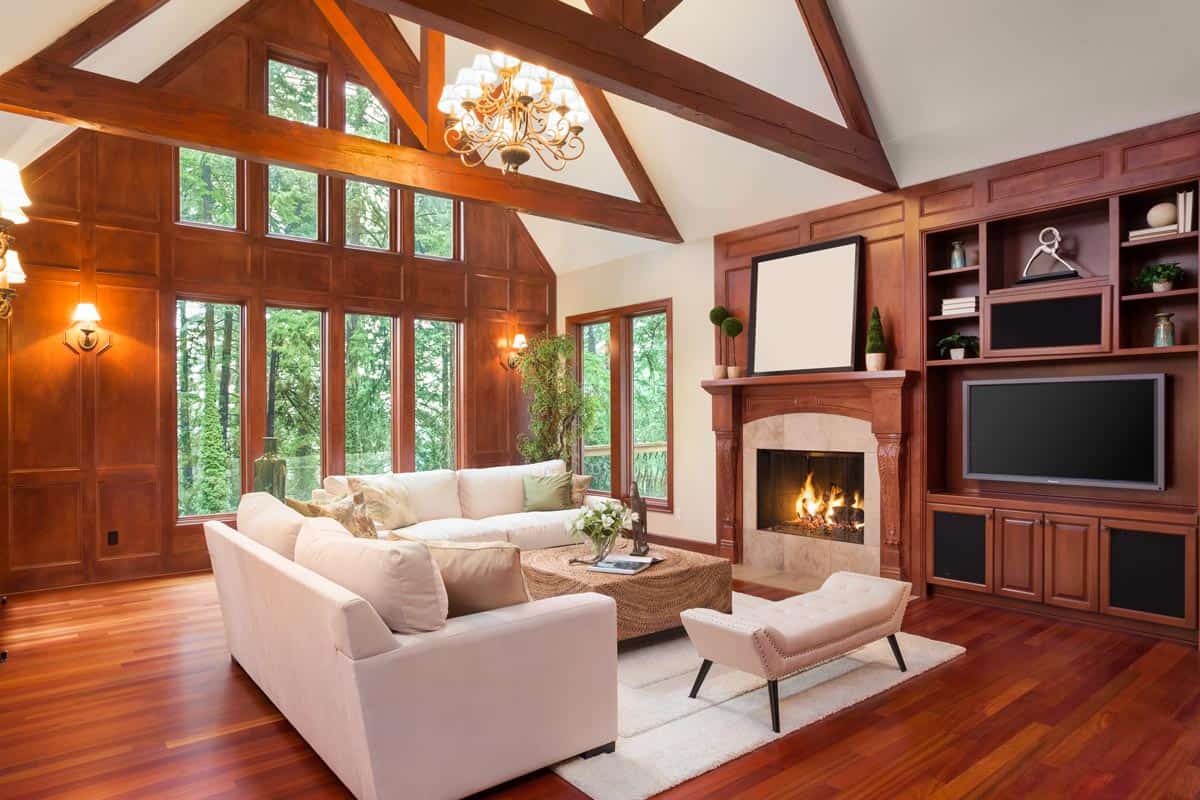
Like the cathedral ceiling, a vaulted ceiling takes advantage of the space wasted in an attic to create a larger and more exciting vertical space for a room. Because of this, it also makes a room appear larger.
Vaulted ceilings can be designed and styled to take advantage of natural light, just like a cathedral ceiling. A vaulted ceiling can easily create more appeal and charm for a house with very little stylistic appeal or character.
The stylistic possibility of a vaulted ceiling is seemingly endless because it is not limited to following the roof's pitch.
Just like the cathedral ceiling, a vaulted ceiling has great airflow.
Disadvantages of vaulted ceiling
A wide range of possible styles means that installing a vaulted ceiling will require even more framing that could be non-conventional. And just like a cathedral ceiling, this means that you will need more materials and more person-hours to complete a vaulted ceiling project.
Finishing a vaulted ceiling is also equally challenging, and this all points to a higher installation cost—even higher than that of a cathedral ceiling.
The maintenance cost of a vaulted ceiling is also higher if you consider the additional components, shapes, exposed beams, etc. that can be included in the final design. These components can be difficult to clean and repair, hence the higher maintenance cost.
In addition to these disadvantages that are specific to vaulted ceilings, it also brings with it some of the disadvantages of a cathedral ceiling, like heating difficulties and vertical challenges.
What do you call a vaulted ceiling with a central circular arch?
A dome vaulted ceiling is a version of a vaulted ceiling that includes a central, circular arch. It can be installed on a regular ceiling, creating a circular dome in a central recess.
Larger dome vaulted ceilings are rare because of the cost of installing one. The installation—and insulation—also becomes more challenging as the dome gets bigger.
A dome vaulted ceiling is commonly installed in bathrooms and studies. It is often installed in small rooms because it can create an illusion that the room is bigger.
Do vaulted ceilings add value to a house?
https://www.istockphoto.com/photo/spacious-bright-family-room-with-cathedral-ceiling-and-window-wall-gm638598340-114594613
Installing vaulted ceilings—this includes cathedral ceilings and other types of vaulted ceilings—in small to regular homes can increase their value by as much as 25%. The same additional value can apply to older homes with vaulted ceilings.
Unfortunately, the additional value does not always apply to houses that are on the expensive end of the spectrum. Any possible increase in the value of an expensive house will be minimal at best. This is because these houses are expected to have one or more types of vaulted ceilings already installed.
How are vaulted ceilings supported?
The best time to install a vaulted ceiling is when a house is still under construction. This will allow the proper installation of specially engineered roof trusses that will form the underlying support of the vaulted ceiling. These special roof trusses are engineered with the vaulted space already included in the measurements and computation.
The installation of the support for these special roof trusses also requires consideration so that they can be installed where they can provide the needed support to both the roof trusses and the rest of the vaulted ceiling.
Installing retrofit vaulted ceilings
Vaulted ceilings can be installed as an addition to an existing house. However, the installation cost is exponentially higher than when you install a vaulted ceiling during the construction of a house.
Retrofitting a vaulted ceiling requires extensive recalculation of supports, assessment of the existing roof support system, and modification of existing ceiling joists and roof trusses.
The existing roof support system will have to be extensively modified to accommodate the installation of the new vaulted ceiling.
How do you make a room with a vaulted ceiling feel cozy?
Here are some of the things that you can do to make a room with a vaulted ceiling feel cozy:
- Paint the walls with a two-tone color
- Accentuate the room with tall potted plants
- Install curtains on windows with colors that match the two-tone walls
- Avoid decors that are shiny and visibly hard
- Install decors with textures like wood, soft textiles with warm color tones, books, and faux fur
- Paint the ceiling with a color that is a couple of shades darker or lighter than the paint on the walls to create a subtle emboldening effect
- Create cozy conversation areas by installing furniture close to each other
Conclusion
The main difference between a cathedral ceiling and a vaulted ceiling is how a cathedral ceiling follows the roof's pitch.
If you enjoyed reading this article, you might find the articles below equally enjoyable to read:
How To Install Crown Molding On A Sloped Ceiling?
Why Is My Basement Ceiling Leaking? [And What To Do About It!]
